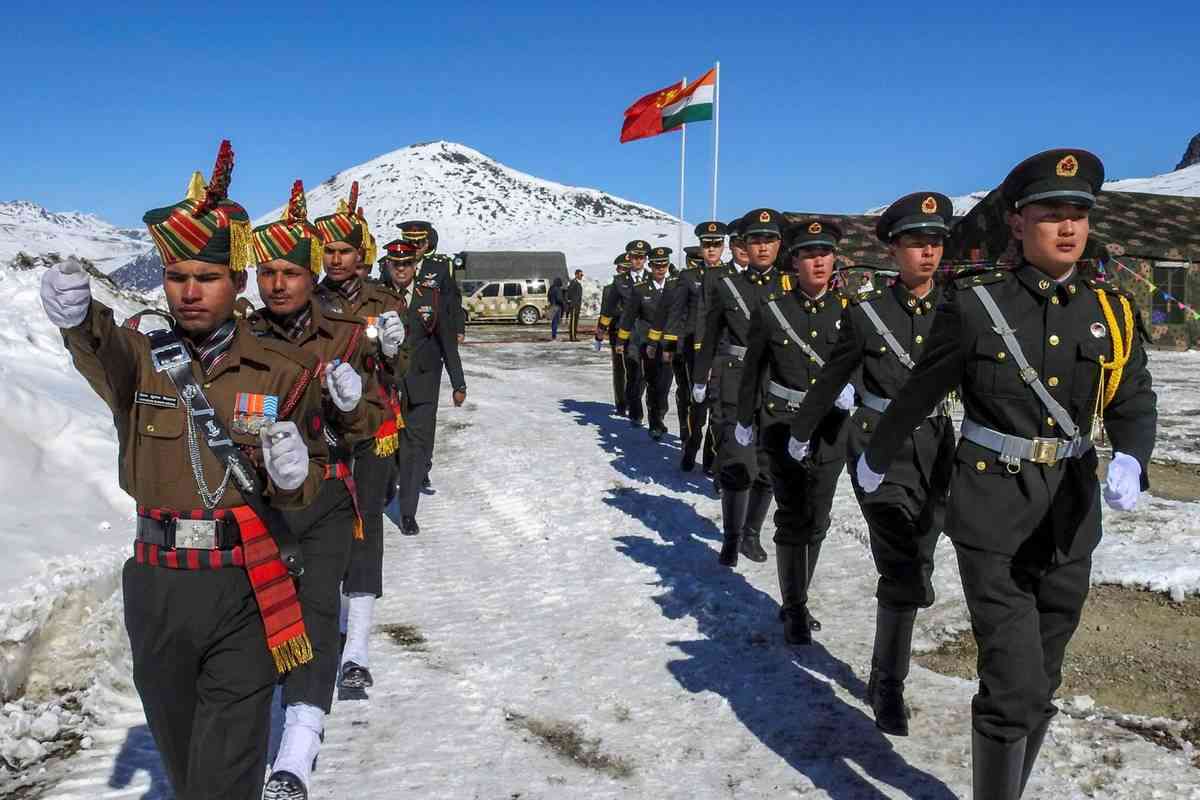
In the event of an armed conflict, both India and China stand to lose

The long-drawn-out standoff between India and China in eastern Ladakh appears to be testing patience on both sides. The latest skirmish earlier this week clearly shows that the situation is on the edge and a wrong move by either of the countries can lead to consequences, including even an armed conflagration.
Diplomatic skills on both sides are being severely tested. It is the responsibility of top commanders, politicians and foreign officials in the two countries to ensure there is no slip-up lest it descends into a situation that both nations will be left to rue.
If the worst were to happen, that is a conflict even if a limited one, it would be unfortunate as the two countries have moved a long way from the negative after-effects of the 1962 war. Over the last three decades, in particular, the economic relationship has grown exponentially with mutual points of tension (like China’s proximity to Pakistan) mostly relegated to the backburner.
Even transgressions have occurred regularly on the unmarked border, or the Line of Actual Control (LAC), between the two countries. But they have always been resolved through diplomacy either on the ground between Commanders or at the bureaucratic and political level.
The previous one at Doklam in 2017 threatened to turn ugly but was defused in the nick of time, after a 72-day standoff. The current one has lasted nearly four months. The face-off started on May 5, degenerating into a hand-to-hand combat on June 15 that resulted in troop casualties. At least 20 Indian soldiers including an officer died while the Chinese acknowledged losing an officer but remained mum on further details of casualties, if any.
After June 15, and much regret on the Chinese side amid economic retaliation by the Indian government, the latest one on the intervening night of August 29/30 does not augur well for diplomacy. India claims by occupying the high ridges on the southern banks of the Pangong Tso Lake it has pre-empted forward movement by Chinese troops. On the other hand, Beijing claims that India has moved into areas that were previously in the control of China.
These developments have occurred even as the two sides are busy negotiating with each other on disengagement and moving back to positions in the region that existed as on April 2020.
What this obviously means is either there are layers of command within each country which are acting in silos or it is part of a larger game plan in which both are manoeuvring to move into a better bargaining position.
With China raising its pitch in protest against India’s moves, after having been on the defensive since the Galwan clash, the situation seems to have acquired a combative veneer. This comes in the context of the recent statement of India’s Chief of Defence Staff (CDS) General Bipin Rawat that a military option is on the table, if necessary, to resolve the issue.
While those wishing for a peaceful resolution hope that Rawat’s statement is rhetorical, the latest moves by India seem to suggest that New Delhi is not averse to taking chances, even if it means a conflict of some kind.
A full-fledged war at this stage is unthinkable as, ultimately, there will be no clear winners. It is not as if a conflict will permanently resolve the border dispute, nor will it hasten its resolution. An armed conflict will only exacerbate extant tensions and bring to the surface latent animosities and several other negativities that have gradually submerged over time.
On the face of it, the two nations stand to lose more than gain anything substantial by warring on the border. An armed conflict would have an immediate effect on ties between the two countries and the fate of various business and economic deals between them will be in jeopardy.
At a time when India is facing challenges in its immediate neighbourhood, any accentuation of tensions with China will make it that much harder for New Delhi to manage the situation.
Moreover, in a situation where India is reeling from the consequences of the Covid pandemic and a disastrous economic downfall with GDP at its record lowest in decades, there is no saying what a conflict would entail.
China is a big partner in various infrastructure projects in India, which are already in pause mode, due to the ongoing standoff. According to media reports, Chinese investments are in the range of $2,000 million and include involvement in various Metro rail and road projects around the country, besides information technology.
Moreover, whatever goodwill has been assiduously built over the last several decades will be needlessly squandered.
China too stands to gain nothing in a context where it is already facing global criticism over the Covid-19 pandemic while its growing economic and military clout is being seen as a threat by its neighbours across the South China Sea and the Pacific.
Any conflict with India will serve to reinforce this perception and justify Western moves against China worldwide.
What is surprising is that there have been scores of transgressions with sporadic flare-ups since the 1962 war, but the situation has rarely been allowed to go out of hand, as in 1967 and 1975. The last one in Doklam too, three years ago, seemed to bring both nations on the edge, but fortunately the troops disengaged.
That was followed by at least two meetings between Prime Minister Narendra Modi and Chinese President Xi Jinping – in Wuhan and Mahabalipuram – and the overall relationship seemed to be back on an even keel.
But the latest tangle in Eastern Ladakh indicates that summits, meetings and trade relationships don’t amount to much until the elephant in the room is taken care of which is the border dispute. And that, like it or not, is easier said than done.

